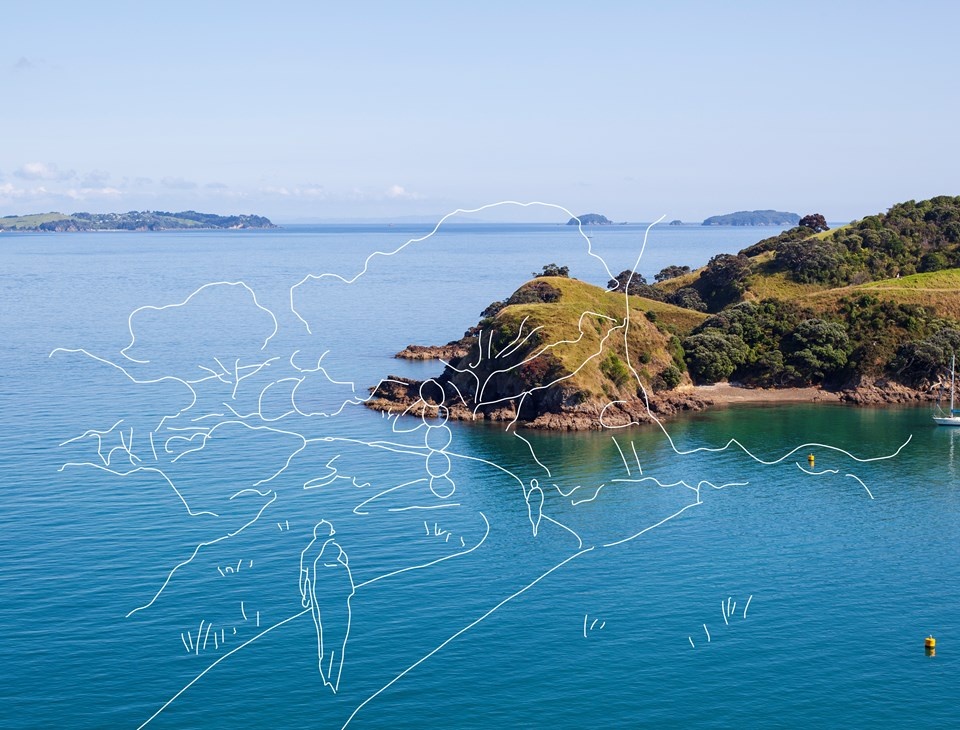Twenty years ago today, New Zealand established its first, and only, national park of the sea – the Hauraki Gulf Marine Park/Ko te Pātaka kai o Tīkapa Moana.
Its breadth encompasses the Waitematā Harbour, Hauraki Gulf, Firth of Thames, and the east coast of the Coromandel Peninsula. At 1.2 million hectares it is roughly twenty times the size of Lake Taupō.
It is said that we know more about outer space than we do about our big blue ocean. What we do know for certain is that the Hauraki Gulf contains a quality and diversity of species and landscape that is ‘outstanding’, nationally and internationally. In fact, much of the wildlife and plants that call the Park home are not found anywhere else in the world. It is also a huge source of recreation, joy and comfort for the people that live in and around the Gulf – especially for tangata whenua whose relationship with Tīkapa Moana is centuries old.
Consider that New Zealand’s youngest volcano, Rangitoto, which boasts the world’s largest pohutukawa forest, lives adjacent to ancient Motutapu Island, which bears the footprints of Māori who watched Rangitoto erupt from the sea. Or that the Hauraki Gulf is a global seabird hotspot, home to 20% of the world’s seabird species, some of which only breed in the Park. Or that the Park provides for a colossal 25 species of whale and dolphins, and multiple species of sharks, to feed and breed. Or that Nau/Cooks Scurvy grass, which disappeared from the mainland 100 years ago, is found well and truly alive on the Motukino islands.
Sadly, approaches to managing and protecting the Hauraki Gulf from population and economic pressures proved insufficient which necessitated legislative action. Therefore, on 27 February 2000, the Park was established to help stem ecological decline by protecting, in perpetuity, the Gulf’s natural and historic features. Alongside the Marine Park, the Hauraki Gulf Forum was established to better integrate management by local and central government, facilitate coordination, and recognise the special relationship tangata whenua has with the Gulf.
Twenty years on, what state do we find the Park in, and what has this safeguard achieved?
The answer, as you can imagine, is complex – as outlined in the ‘State of the Environment Report’ produced every three years by the Hauraki Gulf Forum. Many of the issues that existed 20 years ago have not been resolved. But gains have been made, and recent milestones point towards a turning of the tide.
The most spectacular gains have been made in island restoration, with fifteen islands joining the ranks to become predator-free sanctuaries for our threatened native species. This brings the number of safe havens to 47. Importantly, these healthy terrestrial ecosystems act as ecological anchors within the larger marine ecosystem they are a part of.
Other milestones include the voluntary reduction in ship speed to protect the resident population of Bryde’s whales from ship-strike, the creation and uptake of the Hauraki Gulf Marine Spatial Plan (Sea Change Tai Timu Tai Pari) designed to safeguard the Park, and recent court decisions that strengthen and protect the customary rights of tangata whenua in relation to the Hauraki Gulf/Tīkapa Moana.
Regrettably, the marine ecosystem continues to degrade, albeit with small gains. Fishing quotas and practices continue to reduce fish populations, disturb seafloor habitats, and inadvertently kill threatened seabirds. Conversely, there has been a substantial reduction in the number of bottom trawls. Nutrient runoff from the Hauraki Plains is adversely affecting the Firth of Thames, while nutrient concentrations in Auckland’s coastal waters are lower. Our growing population has resulted in coastal and ocean sprawl, causing habitat loss for species, increased contaminant discharge into the ocean, and light and sound pollution causing adverse effects on species behaviour. Swimming in our beaches can make us sick, especially after storms when wastewater networks overflow into the environment.
Yet, the mood is one of tentative hope. In May 2019 the Hauraki Gulf Forum voted in favour of two aspirational long-term goals; 1000 square kilometres of shellfish restoration and at least 20% marine protection of the Hauraki Gulf Marine Park. This will go a huge way towards restoring the mauri/well-being of Hauraki Gulf/Tīkapa Moana.
Reversing the tide will require a lot of hard work, and at a faster pace that we have been moving. But hopes are high that together, we can realise the dreams and aspirations of a healthy and vibrant Hauraki Gulf/Tīkapa Moana. Happy 20th Birthday Hauraki Gulf Marine Park/Ko te Pātaka kai o Tīkapa Moana.
This article was originally published on the Department of Conservation website. Learn more about the Hauraki Gulf, the stunning natural venue for the 36th America's Cup.
